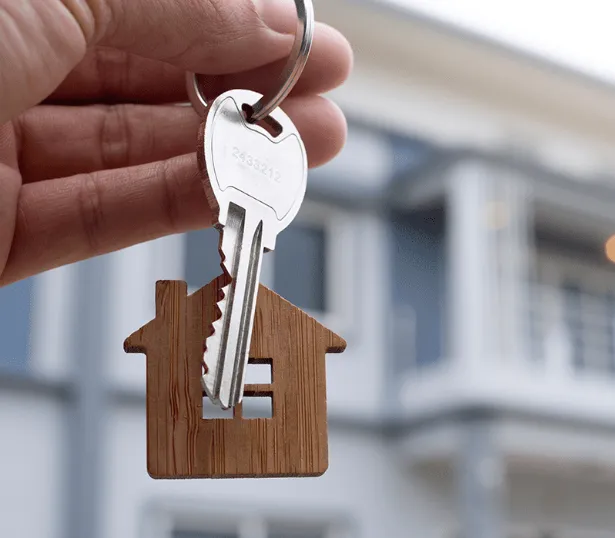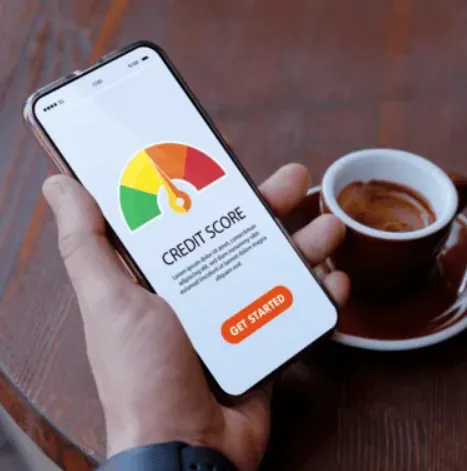Blockchain technology has revolutionized the way digital transactions are recorded and verified. One of its standout features is transparency—every transaction is logged on a public ledger, allowing anyone to track and verify activities in real time. This transparency fosters trust, ensures accountability, and helps confirm payments within decentralized systems.
However, as blockchain adoption grows, so does its appeal to cybercriminals. Hacks, phishing scams, and fraud are common threats in the crypto space, making it crucial to stay vigilant. Knowing how to track blockchain transactions is a key tool for spotting suspicious activity and boosting financial security.
In this blog, we’ll guide you through the process of tracking blockchain transactions, helping you stay informed and secure in this dynamic digital landscape.
Why Track Blockchain Transactions?
Blockchain transactions are public and immutable, offering unique benefits for monitoring activities:
- Transparency: Every transaction is recorded on a public ledger, making it easy to verify.
- Verification: You can confirm that payments have been processed and received.
- Fraud Prevention: Tracking helps identify potentially fraudulent activity.
- Tax and Audit Compliance: A clear transaction record is essential for financial audits and tax reporting.
Understanding Blockchain Transactions
A blockchain transaction is a transfer of value, such as cryptocurrency or tokens, between two addresses. Each transaction contains several key details:
- Transaction Hash/ID: A unique identifier for the transaction.
- Sender and Receiver Addresses: The wallet addresses involved.
- Block Number: The block that contains the transaction.
- Gas Fees: Fees paid for processing the transaction.
- Timestamp: The time the transaction was recorded.
Tools for Tracking Blockchain Transactions
To track blockchain transactions, you need a blockchain explorer. These tools allow you to search, verify, and monitor activities on the blockchain. Popular explorers include:
- Etherscan (for Ethereum transactions)
- Blockchain.com Explorer (for Bitcoin and other networks)
- BSCScan (for Binance Smart Chain)
- Solscan (for Solana)
- Polygonscan (for Polygon/Matic)
Step-by-Step Guide to Tracking Blockchain Transactions
Here’s a simple, step-by-step process for tracking blockchain transactions:
Step 1: Find the Transaction Hash
Each transaction has a unique transaction hash or ID. If you’re the sender or recipient, you can find it in your wallet’s transaction history. Copy the hash for later use.
Step 2: Choose a Blockchain Explorer
Select an explorer that supports the network used for the transaction. For example:
- Ethereum: Use Etherscan.io
- Bitcoin: Use Blockchain.com Explorer
Step 3: Enter the Transaction Hash
On the explorer’s search bar, paste the transaction hash. Press Enter or click the search icon to access the transaction details.
Step 4: Review the Transaction Details
The explorer will display relevant transaction information, including:
- Status: Indicates if the transaction is confirmed, pending, or failed.
- Block Number: The block in which the transaction was included.
- Sender and Receiver Addresses: Wallets involved in the transfer.
- Amount Transferred: The cryptocurrency amount transferred.
- Gas Fees: The fee paid for processing the transaction.
- Timestamp: The time the transaction occurred.
Step 5: Monitor Confirmation Status
Blockchain transactions often require multiple confirmations before being fully processed. The explorer will display the number of confirmations, indicating whether the transaction has been finalized.
Step 6: Save or Bookmark Transaction Details
If the transaction is significant, save or bookmark the details for future reference. Many explorers also offer export options or shareable links.
Advanced Features of Blockchain Explorers
Blockchain explorers offer advanced features that can be useful for in-depth monitoring:
- Wallet Activity Monitoring: Enter a wallet address to see its full transaction history, including all incoming and outgoing transfers.
- Gas Fee Insights: Some explorers, like Etherscan, show current gas prices, helping you optimize future transactions.
- Smart Contract Interactions: For DeFi transactions or NFTs, explorers display detailed logs of smart contract activities.
- Token Tracking: You can track the movement of specific tokens (like ERC-20 or BEP-20) across transactions.
- Real-Time Network Stats: Live metrics such as transaction throughput, block production, and network congestion are available on many explorers.
Common Issues When Tracking Blockchain Transactions
While tracking blockchain transactions is generally straightforward, a few common challenges may arise:
- Pending Transactions: Transactions can stay pending due to low gas fees or network congestion. You can monitor these transactions and decide if resubmitting with a higher fee is necessary.
- Incorrect Blockchain Explorer: Using the wrong explorer for a transaction’s network will yield no results. Always ensure you’re using the correct explorer for the blockchain.
- Failed Transactions: If a transaction fails due to insufficient gas fees or smart contract issues, the explorer will provide an explanation.
- Confusion with Exchanges: When tracking transactions to or from exchanges, be aware that the wallet address displayed might belong to the exchange’s internal system rather than your personal wallet.
Best Practices for Tracking Blockchain Transactions
To effectively track blockchain transactions, consider these best practices:
- Double-Check the Transaction Hash: Ensure the hash is correct to avoid tracking the wrong transaction.
- Stay Updated on Network Conditions: Keep an eye on network congestion and gas fee fluctuations, as these can affect transaction speed and costs.
- Use Notifications: Some explorers offer notifications for specific wallets or transactions, alerting you to any changes in real-time.
- Leverage Multi-Network Explorers: Some platforms like Blockchain.com or Bitquery.io allow you to explore multiple blockchains in one place, making it easier to switch between networks.
Conclusion
Blockchain technology provides unparalleled transparency and security, offering a robust way to verify transactions, ensure accountability, and prevent fraud. Whether you’re a business accepting crypto payments, a user engaged in DeFi, or a regulator, transaction tracking is essential for maintaining trust in the decentralized ecosystem.
By following the steps and best practices outlined in this guide, you can effectively track blockchain transactions, stay informed about your investments, and ensure the integrity of your operations. The ability to monitor blockchain activities empowers you to navigate the crypto world with confidence and security.












